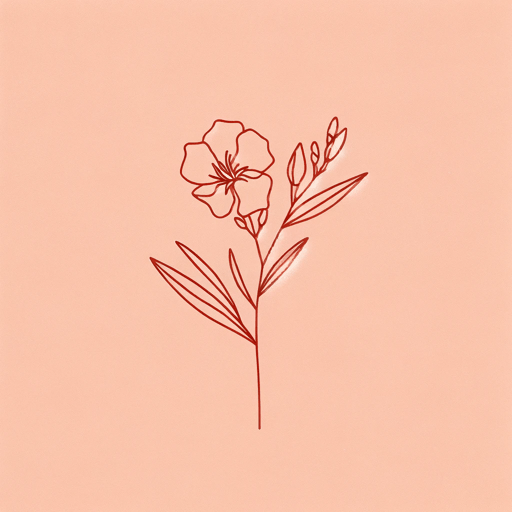66 pages • 2 hours read
Janet FitchWhite Oleander
Fiction | Novel | YA | Published in 1999A modern alternative to SparkNotes and CliffsNotes, SuperSummary offers high-quality Study Guides with detailed chapter summaries and analysis of major themes, characters, and more.
Symbols & Motifs
Artistic Expression
Artistic expression is one of the key vehicles of characterization for both Astrid and her mother and is also a symbol of The Capacity for Human Suffering. Astrid is a visual artist who draws, paints, and sculpts the world around her; Ingrid is a poet, writing about the world in a semi-riddled way. Astrid sees this as something that distinguishes her from her mother. She attempts to paint the world honestly, precisely as it is. Thanks to her sociopathic tendencies, Ingrid twists the world into her own image, attempting to manipulate it to suit her own needs. Astrid’s observations are detailed and vivid, and she reflects this in her art: “This was an artist’s stare, attentive to detail, taking in the truth without preconceptions” (299). She pays close attention to sounds, smells, the arrangements of flowers and the way that clothing falls on the human body. She attempts to indicate her feelings and experiences through her art as well, such as when she depicts herself as if she were a squirrel, eating food out of a garbage can, or when she sees Carolee leaving

